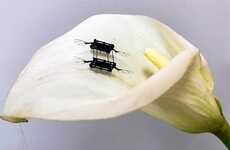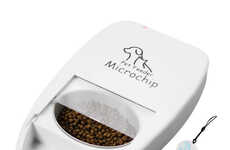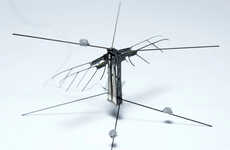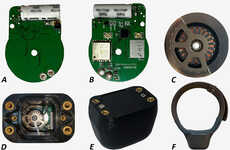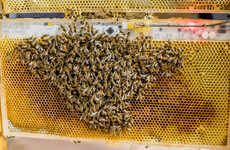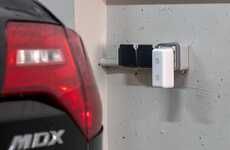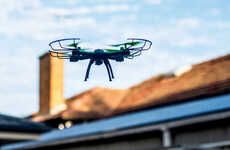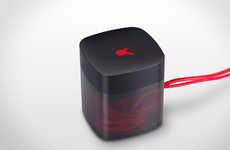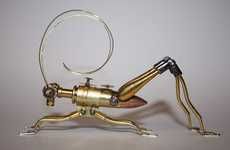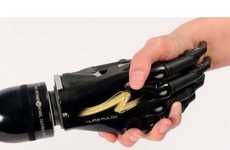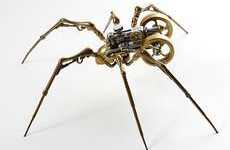Tiny RFID Transponders Track Ant Nesting Tactics for Science
Katie Cordrey — May 11, 2009 — Eco
References: en.wikipedia.org & telegraph
Bristol Scientists attached tiny RFIDs, (radio-frequency identification transmitters,) to ants in order to study how nesting sites are chosen. The RFIDs are so mall that two thousand of the them would fit on to a postage stamp.
Apparently, ants are very logical when moving their colonies. The scientists learned that ants send out scouts before making a final selection. In the end, ants choose a superior nest many times distant over a less well-built alternative.
This information would have been almost impossible to obtain without the RFID micro-technology to track the ants’ movements.
The video above shows ants without RFIDs moving to a warmer location to incubate their eggs.
Apparently, ants are very logical when moving their colonies. The scientists learned that ants send out scouts before making a final selection. In the end, ants choose a superior nest many times distant over a less well-built alternative.
This information would have been almost impossible to obtain without the RFID micro-technology to track the ants’ movements.
The video above shows ants without RFIDs moving to a warmer location to incubate their eggs.
Trend Themes
1. RFID Technology - The use of tiny RFIDs to track and study the behaviors of insects opens up opportunities for various applications in wildlife research and conservation.
2. Nesting Site Selection - Studying the logical decision-making process of insects in choosing nesting sites presents opportunities for designing efficient algorithms and decision-making models in fields like urban planning and logistics.
3. Micro-technology for Tracking - The development of miniaturized tracking technology allows for more precise and non-invasive monitoring of animal movements, creating opportunities in wildlife management and animal behavior research.
Industry Implications
1. Wildlife Research - The application of RFID technology in tracking and studying insect behavior can revolutionize the field of wildlife research, providing new insights into habitat preferences and migration patterns.
2. Conservation - By understanding the nesting site selection process of insects, conservationists can optimize habitat restoration efforts and promote targeted conservation strategies to preserve biodiversity.
3. Technology Development - The advancement of micro-technology for tracking insects can drive innovation in fields such as robotics, sensor networks, and miniaturized devices for various industries.
4
Score
Popularity
Activity
Freshness
